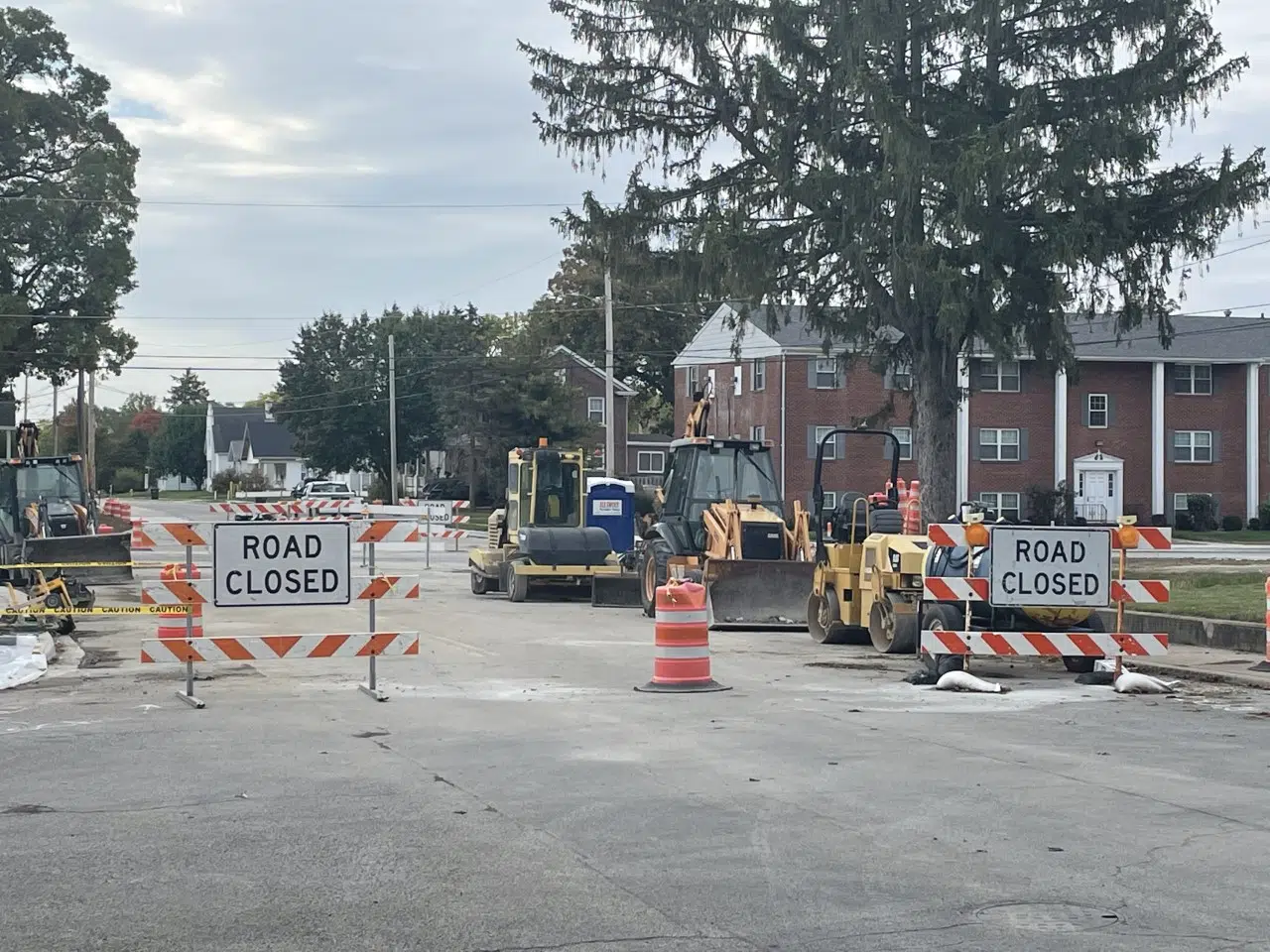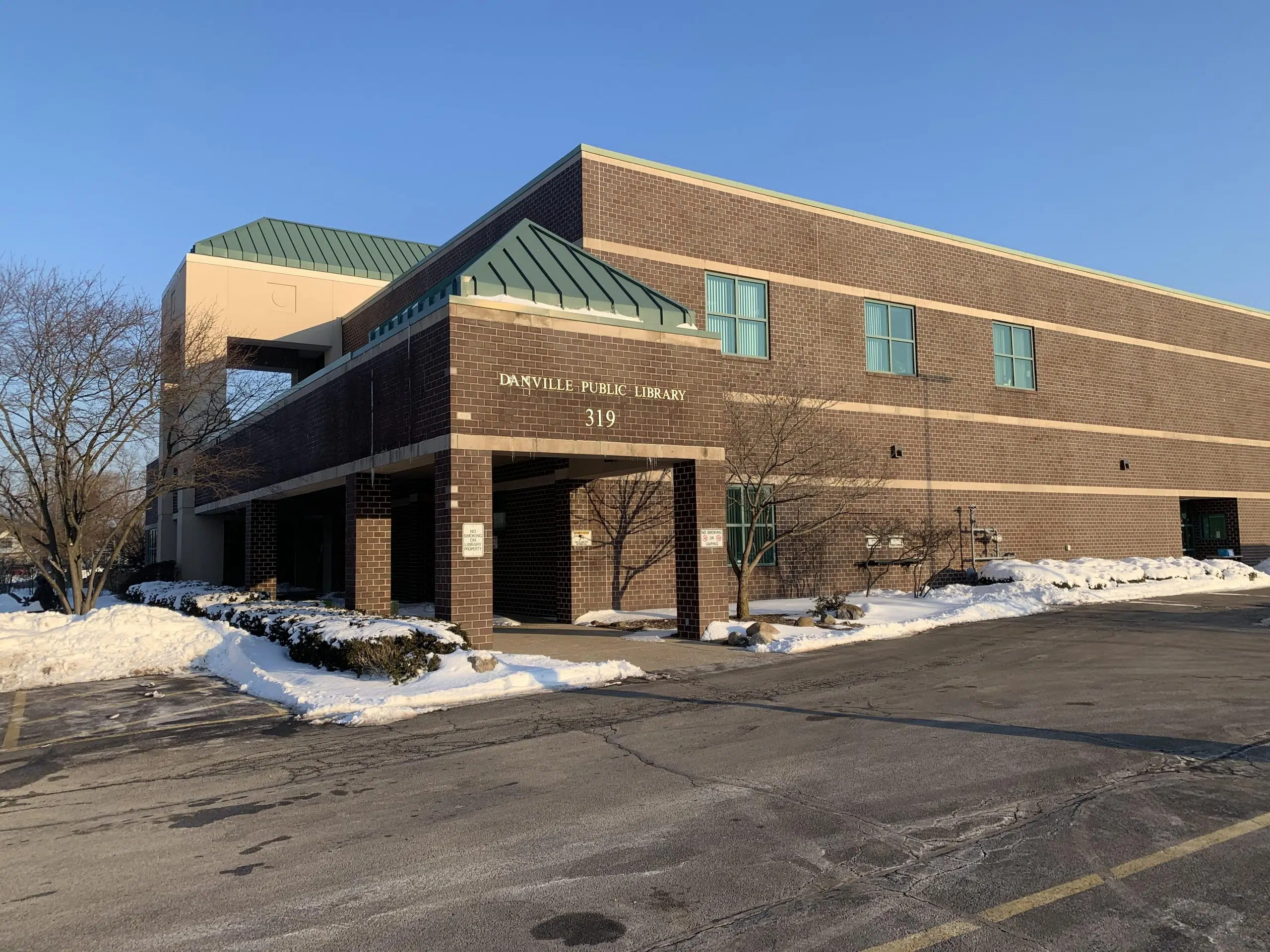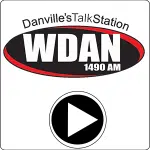THE FOLLOWING IS A CITY OF DANVILLE RELEASE
April 14, 2023 – The City of Danville is excited to continue its efforts to preserve, maintain, and replace its roads in 2023. See a map of Danville’s 2023 Road Improvement Plan here:
https://www.google.com/maps/d/edit?mid=1AdIiooNE6DhEtxo1ztKZIIVg0d7D3us&usp=sharing
While many of these projects are an inconvenience to drivers, the long-term benefits of preservation and maintenance are well worth it. Utilizing preservation treatments extends the life of major roadway investments, improves average roadway network conditions, reduces greenhouse gas emissions, and frees up more funding for complete reconstruction where it is the only option.
For example, instead of milling and overlaying all asphalt streets, the City of Danville utilizes a treatment known as cape seal. This treatment consists of a chip seal followed by a layer of microsurfacing. The benefits of a cape seal are many, but one major benefits is the value provided to the citizens. This year, the City is cape sealing over 23 lane miles of roadway for a total cost of around $1.7 million. The estimated life expectancy of these improvements is 8-10 years.
If the City were to mill and overlay these streets with 2.25” of asphalt, the cost of this work would be approximately $8 million, and would have a life expectancy of 12-15 years. In the end, the cape seal method is around one third of the cost per year of pavement life when compared to an overlay. Strategic pavement preservation is the cornerstone of the City’s strategy to preserve its good roads so that it can strive to reconstruct the failing roads, curbs, and sidewalks.
In the current budget year, the City is able to spend $1.2 million on infrastructure improvements from the local motor fuel tax and $1.5 million in transportation improvements from the state motor fuel tax. In all, normal funding would pay for the following quantities of the various treatments.
0.5 – 1 mile of road reconstruction, or
3.5 – 5 miles of mill and overlay, or
10 – 20 miles of pavement patching, or
16 – 21 miles of cape sealing, or
43 – 50 miles of sealcoat (chip seal), or
125 – 167 miles of crack sealing.
Fortunately, the sound fiscal practices of the City over that last few years are enabling investments in roads well above these normal levels. While there are still not enough funds to meet the annual reconstruction needs, these funding levels have provided adequate levels of funding for pavement maintenance and preservation.












